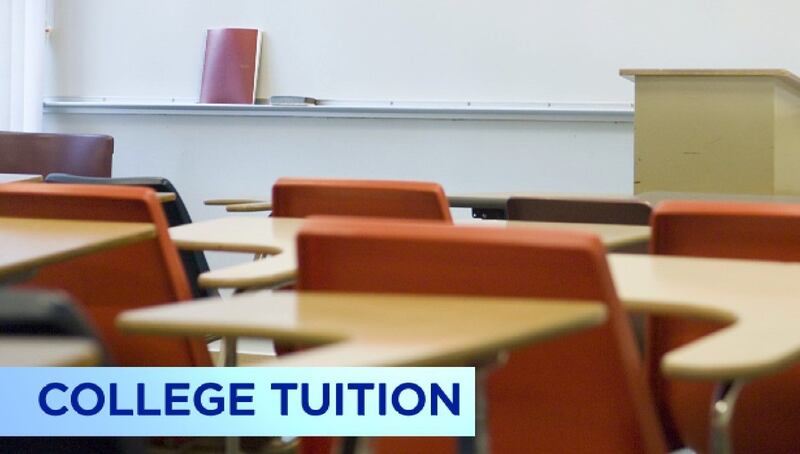WASHINGTON, D.C. — The cost of college is adding up - everything from tuition to books to room and board is getting more expensive.
▶ WATCH CHANNEL 9 EYEWITNESS NEWS
Recent studies show nearly half of graduates leave public universities owing more than $20,000 in student loan debt.
Prissila Moreno is one of them. She’s a senior and first-generation college student at the University of Oregon.
“I get to, you know, graduate from a university which my family was never able to do, and I’m very grateful for it,” said Moreno.
Read: Lorincz trial prosecutors work to overcome sluggish start
She said she’s finishing her degree in three years, instead of four to try to save money. But when Moreno graduates in the spring, she’ll still have roughly $80,000 in student loan debt.
“I know that unfortunately, a lot of people like me can’t finish, or they can’t even start the process because of that financial burden,” she said.
Now Moreno is rethinking whether to purse post graduate plans because of the costs.
“Deciding to take a gap year and thinking through, if I can’t get Law School mostly for free, I’m probably not going to go because of the debt that I’ve accumulated through my undergrad,” said Moreno.
Read: County attorney calls on state attorney to investigate Seminole County elections supervisor
Federal data shows Americans owed $1.75 trillion in student loan debt, during the first quarter of this year.
“You see that like student loan balance, and it can be the most overwhelming feeling. I remember going through it,” said Hanneh Bareham, Bankrate analyst.
Bareham said students can minimize their debt by maximizing these options: federal financial aid, scholarships and grants and discounted tuition.
“And then consider private student loan debt, just because private lenders, they all offer different regulations and rules, and a lot of them don’t offer the same hardship options that federal loans do,” said Bareham.
After graduating, she recommends applying for federal repayment through the U.S. Department of education.
Read: Video shows moments before deputy shoots, kills suspect inside Orange County 7-Eleven
“It is a very simple solution that is offered to every single borrower with a federal student loan that qualifies,” said Bareham. “It’s based off of income and family size. So especially for you know, borrowers with maybe a lower to a middle income, this can really reduce their monthly payment.”
For first generation students like Moreno, she said the process was very difficult to navigate. She wishes more high schools and even universities offered more guidance for prospective students.
“I don’t think they make the intentional effort to reach out to those first gen students and share those resources as well. You kind of have to really look for them, which is just an additional burden on top of, you know, already being the first in your family to do something like this,” said Morena.
To complicate matters more, the rollout of the new federal financial aid forms known as FAFSA had several delays last school year. Officials now say forms the 2025-26 academic year won’t be available for all students until December.
Click here to download our free news, weather and smart TV apps. And click here to stream Channel 9 Eyewitness News live.
©2024 Cox Media Group








